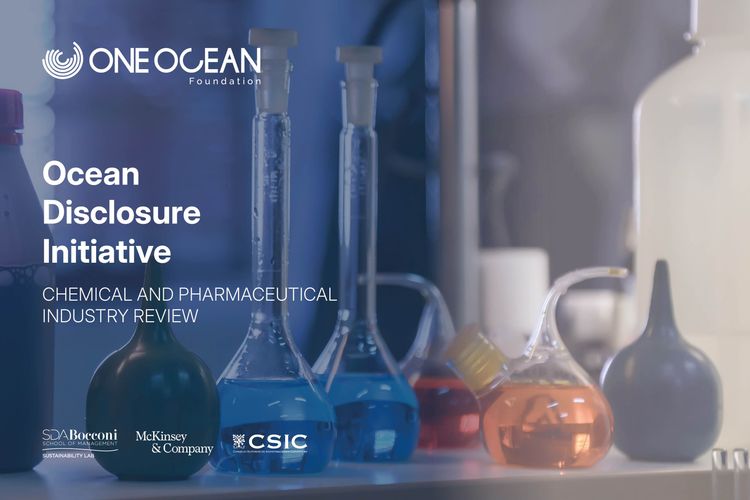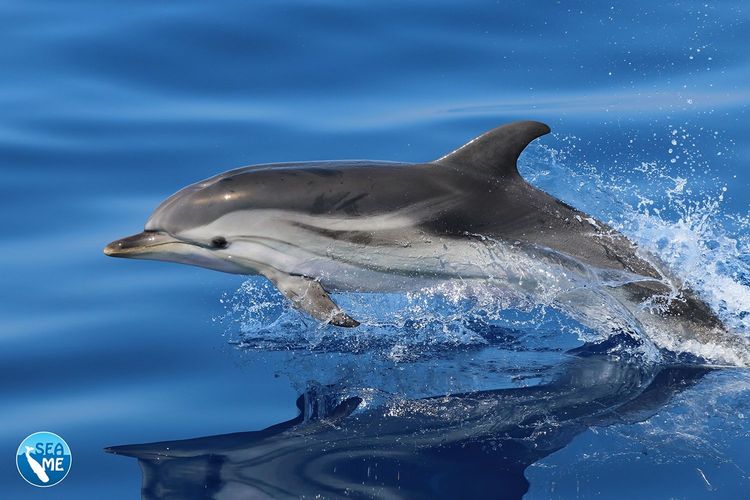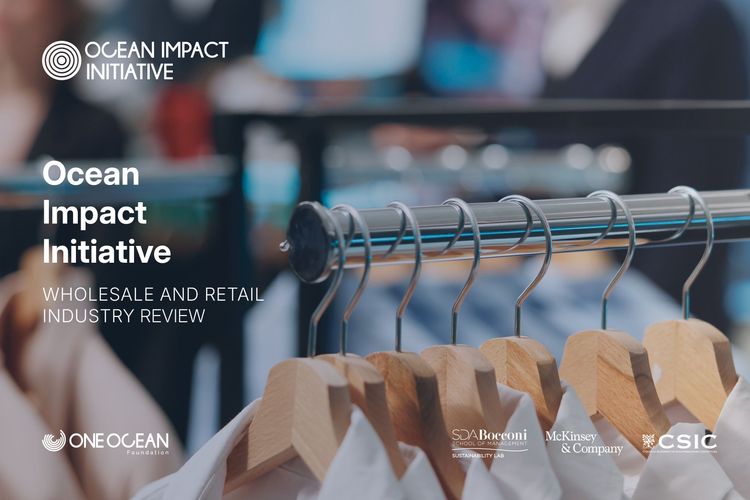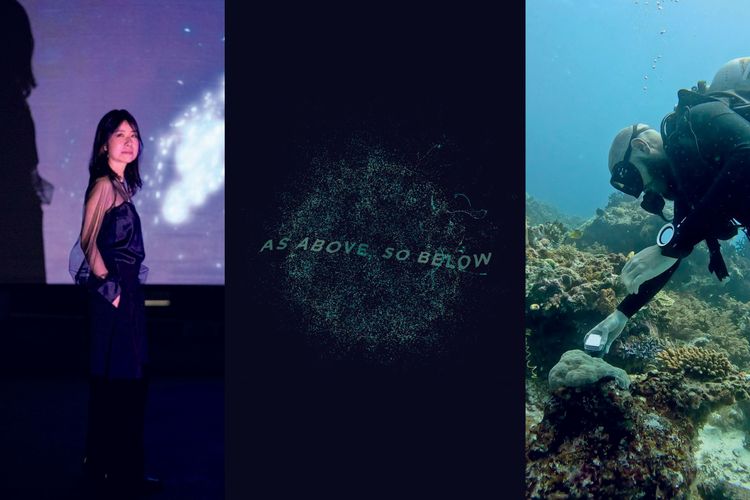
From life-saving medicines to sustainable materials and everyday essentials, the chemical sector stands as the world’s fifth-largest manufacturing sector. Serving as a cornerstone of global supply chains, it supplies components for 95% of manufactured goods in Italy. However, despite its economic benefits, the industry poses significant environmental risks to marine ecosystems.
In this industry review - conducted in the framework of the Ocean Impact Initiative project – we explore the sector's pressures on the ocean. In the report, the chemical and pharmaceutical industry is defined as all economic activities, related to the production of basic chemicals, resins, synthetic rubber and fibres, pesticides, fertilisers, paints, coatings, adhesives, soaps, cleaning products, toiletries, and pharmaceutical and medicine manufacturing.
Potential environmental impacts of the chemical and pharmaceutical industry on the ocean
As the sector represents a vast scope and diversity of products our analysis attempts to break down the complexity of the chemical and pharmaceutical sector by examining different types of chemicals.
- Plastics: Produced through petrochemical processes, plastics can be released into waterways and can contribute to the accumulation of marine litter.
- Pesticides: Produced by the agrochemical industry, pesticides enter waterways via runoff, causing eutrophication, oxygen depletion, and marine biodiversity loss.
- PFAS: Used in automotive, household goods, and food contact materials industries, PFAS are extremely harmful because of their prolonged permanence in the marine environment.
- Triclosan: A persistent antimicrobial agent, when entering a marine environment, can disrupt marine organisms’ hormone systems, harming reproduction and growth.
- Parabens and phthalates: Used in cosmetics, they can bioaccumulate in marine organisms and disrupt their endocrine systems.
- Oxybenzone and octinoxate: Common in sunscreens, these chemicals contribute to coral bleaching and damage of coral DNA.
- Pharmaceuticals: Medications like antidepressants and hormones enter the ocean via runoff or improper disposal, disrupting marine life’s hormone systems and reproduction.
Sustainable practices to mitigate the impact of the chemical and pharmaceutical industry
- Regulatory compliance and chemical management – Adherence to national and international regulations and guidelines to ensure safe and responsible production.
- Sustainable alternatives - Replacement of harmful chemicals with biodegradable materials and sustainable alternatives.
- Improved wastewater treatment – Use of closed-loop systems to remove harmful substances before discharging into water bodies.
- Eco-friendly agrochemicals - Development of reduced-risk pesticides and biopesticides.
- Sustainable cosmetics - Replacement of parabens with alternative preservatives (plant-based extracts or natural antimicrobial agents).
- Green chemistry and eco-design – Integration of green chemistry principles and Life Cycle Assessments (LCAs).
This review underscores the commitment of One Ocean Foundation to foster sustainable growth in the chemical and pharmaceutical industry while preserving our crucial fundamental marine ecosystems.


